25+ Sample Real Estate Service Proposal
-
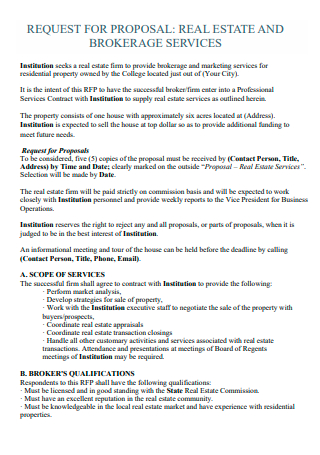
Real Estate and Brokerage Service Proposal
download now -
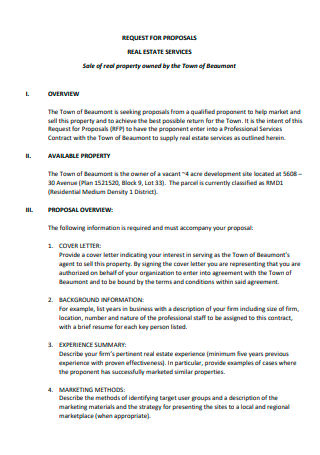
Basic Real Estate Service Proposal
download now -
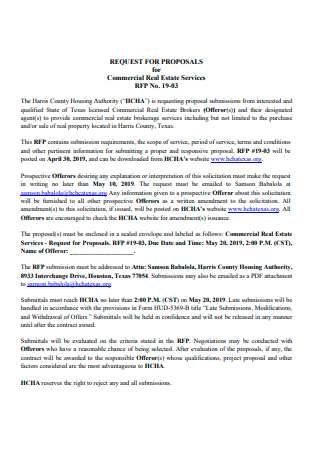
Commercial Real Estate Service Proposal
download now -
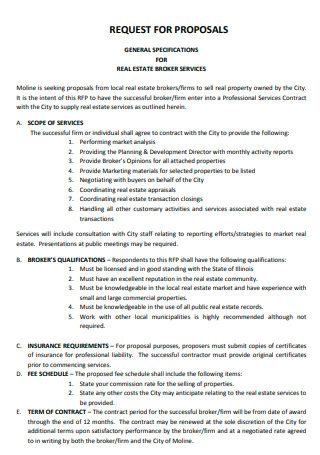
Real Estate Broker Service Proposal
download now -
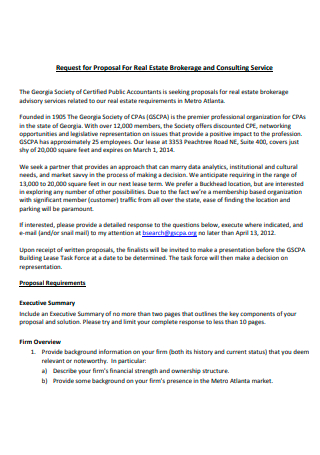
Real Estate Brokerage and Consulting Service Proposal
download now -

Real Estate Service Marketing Proposal
download now -
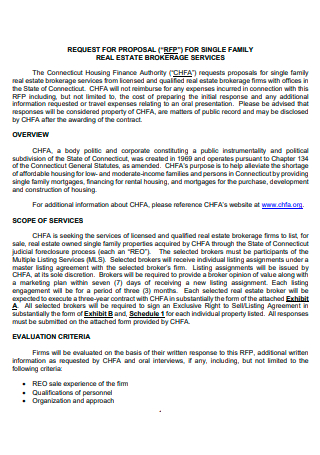
Real Estate Brokerage Service Proposal For Single Family
download now -
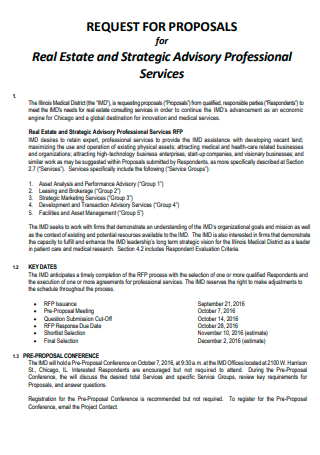
Real Estate and Strategic Professional Service Proposal
download now -
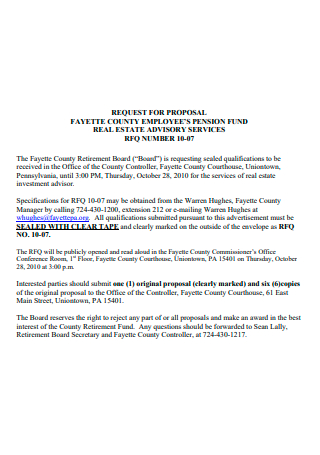
Real Estate Advisory Service Proposal
download now -
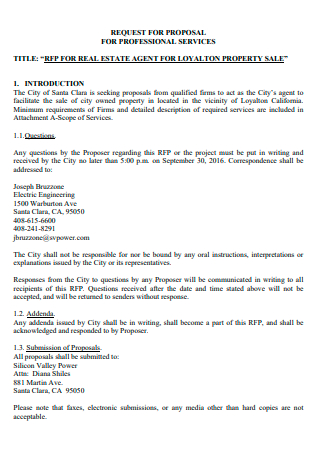
Real Estate Agent Professional Service Proposal
download now -
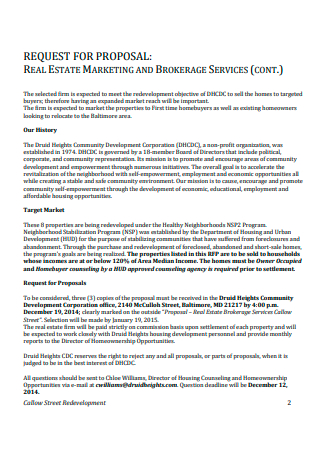
Real Estate Marketing and Brokerage Service Proposal
download now -
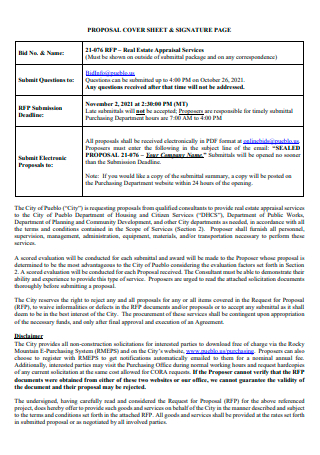
Real Estate Appraisal Service Proposal
download now -
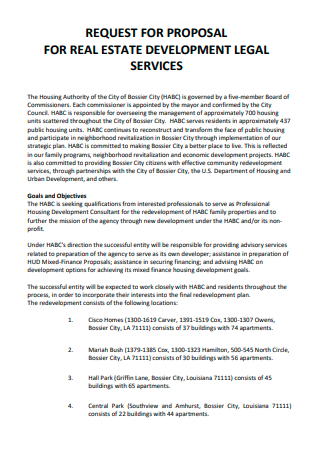
Real Estate Development Legal Service Proposal
download now -
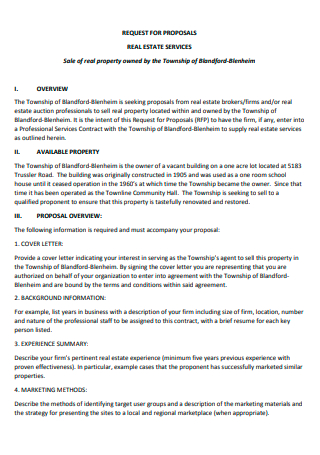
Real Estate Service Proposal in PDF
download now -
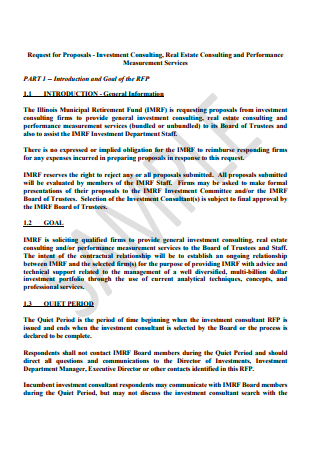
Sample Real Estate Service Proposal
download now -
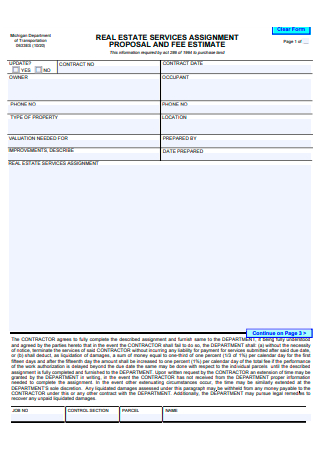
Real Estate Service Assignment Proposa and Fee Estimate
download now -
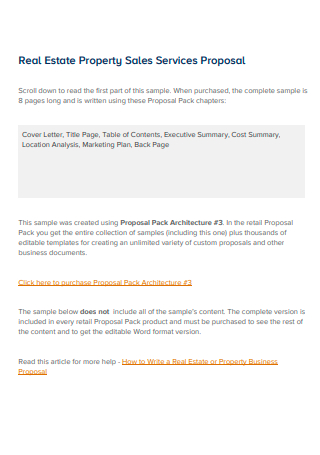
Real Estate Property Sales Services Proposal
download now -

Real Estate and Leasing Service Proposal Form
download now -
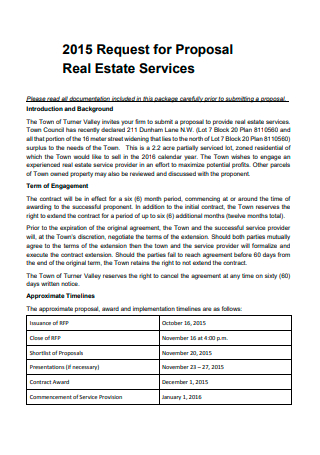
Simple Real Estate Service Proposal
download now -
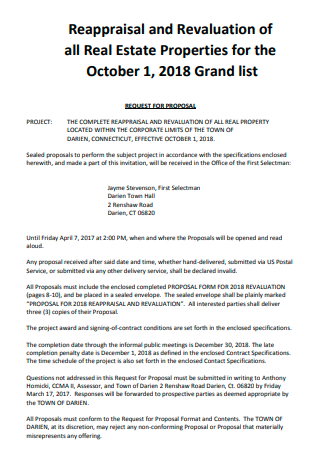
Real Estate Service Properties Proposal
download now -
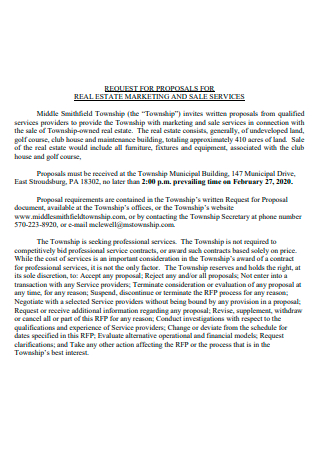
Real Estate Marketing and Sale Service Proposal
download now -
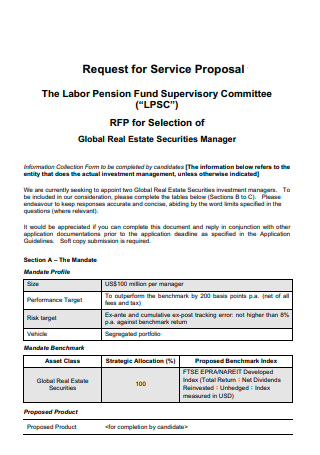
Global Real Estate Securities Manager Request For Service Proposal
download now -
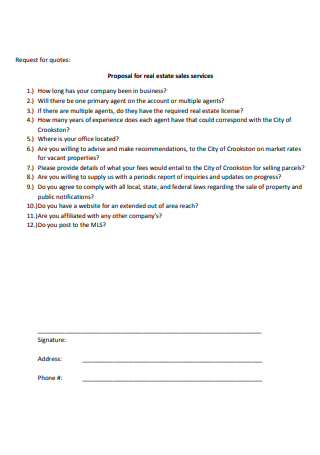
Real Estate Sales Service Proposal
download now -
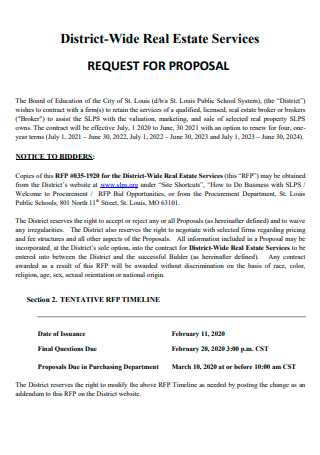
District Wide Real Estate Service Proposal
download now -
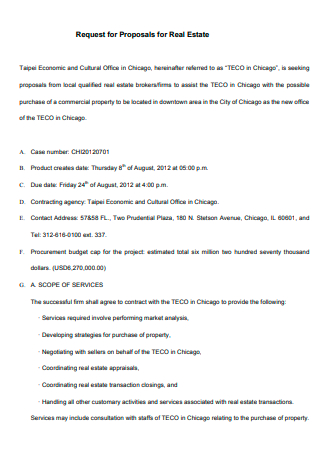
Real Estate Scope of Service Proposal
download now -

Professional Real Estate Service Proposal
download now
FREE Real Estate Service Proposal s to Download
25+ Sample Real Estate Service Proposal
What Is a Real Estate Service Proposal?
Types of Real Estate Service Proposal
Steps in Writing a Real Estate Service Proposal
FAQs
What is closing in real estate?
What is the function of a real estate broker?
What is pre-selling in real estate?
What Is a Real Estate Service Proposal?
Among the few initial legal documents that are produced to examine and describe both the internal and external components of a particular project, the real estate service proposal is one of the most important. It contains a number of critical components, including the title, start and finish dates, aims and goals of the venture, requirements, and an overall descriptor of the project, as well as the answers to the problems. This document is primarily intended to serve as a working document between the project’s creator and any prospective investors or commercial partners. This proposal is developed and presented even before the first steps in the project’s development have been completed and approved. As a result, it may also be used as a definitive instrument to highlight the objectives and requirements that must be met in order for the project to be properly launched. The development of a building or a building consisting of apartments, or the conversion of an existing building or a portion thereof into apartments, or the development of land into plots or apartments for the purpose of selling, as well as the common areas and development works, are included in this definition.
Other templates are available on our website, and you can use them whenever you need them. They are as follows: payroll report, real estate receipt, security bid proposal, real estate purchase agreement, printable strategic plan, club strategic plan, real estate fact sheet, real estate contract, customer invoice, payment invoice, and other similar templates are available. This post will not only provide you with templates but will also provide you with important information that you need to know in order to complete your template.
Types of Real Estate Service Proposal
There are many different sorts of real estate, and each one serves a specific function and has specific usefulness. Here are some of the real estate categories that will help you gain a deeper and more comprehensive understanding of the industry:
Steps in Writing a Real Estate Service Proposal
In the real estate industry, learning how to create a proposal will help you compete and close more deals than you would otherwise be able to. You may be a realtor, a property investor, a developer, or work in property management with commercial leasing or property rentals. You could also be a commercial lender or work for a housing-related institution. When you are preparing to prepare a real estate service proposal, there are several steps that you must remember:
-
Step 1: Make a Great First Impression
The introduction and the pricing portions of your real estate proposal will be the only areas that most clients will pay attention to. The opening is critical because it must “hook” the reader into continuing to read the rest of the document. In the introduction, the most important thing is to figure out what the client actually wants, rather than talking about yourself, how many buildings you’ve sold, and what you do. Make use of the facts you’ve gathered from your client’s chats and provide a succinct explanation of how you intend to resolve their issues. You should also see our buy and sell contract.
-
Step 2: Outline the Specifics of Your Situation.
This section should provide a detailed outline of what you intend to perform for the client, down to the smallest of details. The more you write in this section, the more the client will feel secure in the knowledge that their property is in good hands. Furthermore, having everything in writing is extremely beneficial in terms of liability in the event that something goes wrong. You should also see our real estate purchase contract.
-
Step 3: Develop an Estimate of the Project’s Timeline.
The time it takes to sell or rent a home cannot be predicted or guaranteed by any real estate professional. They may, on the other hand, ensure the things that are under their control. This component of the proposal specifies how long it will take the agent to visit the home, measure it, take some photos, write the description, and have the listing up and running on the internet and in newspapers. The primary goal of this part is to inform the client of the exact date on which they should expect their deliverables. Sadly, real estate brokers frequently neglect to include this part entirely in their documents. You should also see our real estate project proposal.
-
Step 4: Demonstrable Social Support
Your intention in including this part is to highlight a successful case study from one of your prior clients. This section demonstrates what the agent is capable of doing as well as how it handled a problem for a particular customer. Besides that, this piece has the potential to be really effective and can make a significant difference in your subsequent dialogue with your client.
-
Step 5: Determine the Appropriate Pricing.
The most important lesson to take away from this part is to keep your pricing as straightforward and straightforward as possible. Giving clients the option to purchase more products or services can actually reduce your chances of winning their business. The greater the number of options available to the client, the less probable it is that they will accept the proposal.
-
Step 6: Your Guarantee, as well as the Terms and Conditions of Your Agreement
The vast majority of real estate brokers are opposed to promises. It is impossible to predict when a property will be available for lease or sale. If you provide a strong guarantee to your clients, they will be more confident in their decision to deal with you. The risk is on the agent’s shoulders, and it is a difficult offer to refuse. No matter what kind of properties you lease and sell, and no matter who your customers are, you must include a part that includes terms and conditions in your contracts. The objective of this section is to instill confidence in the client that they are making the proper decision because you are legally obligated to do your duties.
A significant factor influencing the market value of land and its significance in real estate investing is the economic position of the area in which it is being invested. As an investor, your primary responsibility is to understand the growth pattern, appreciation rates, and use of the land over a period of time in order to make informed decisions. The land is the most highly valuable type of asset investment in the real estate market, and it is also the most expensive.
FAQs
What is closing in real estate?
The real estate closing process brings everything in a real estate transaction together. It is the process by which title, referred to as the deed, is transferred from seller to purchaser.
What is the function of a real estate broker?
A real estate broker is someone who is hired by a homeowner to negotiate the sale, purchase, lease, or exchange of real property with a third party for a commission or fee.
What is pre-selling in real estate?
Pre-selling is the practice of selling products on the market before they are available to the general public. This may indicate that the property does not yet exist or is still under construction. Pre-selling is also referred to as off-the-plan properties in real estate. As an investor, your primary responsibility is to comprehend the growth pattern, appreciation rates, and long-term use of the land. The land is the most lucrative kind of real estate investment.
To summarize, real estate is everything that involves real estate and has a clear beginning and end, a purpose, and may involve parties or resources that do not normally collaborate. Real estate plans can refer to a variety of different things, including property management for a condominium complex, commercial land development, and real estate for the sake of real estate. Numerous individuals in the sector, including contractors, architects, builders, managers, and real estate brokers, utilize real estate proposals.
